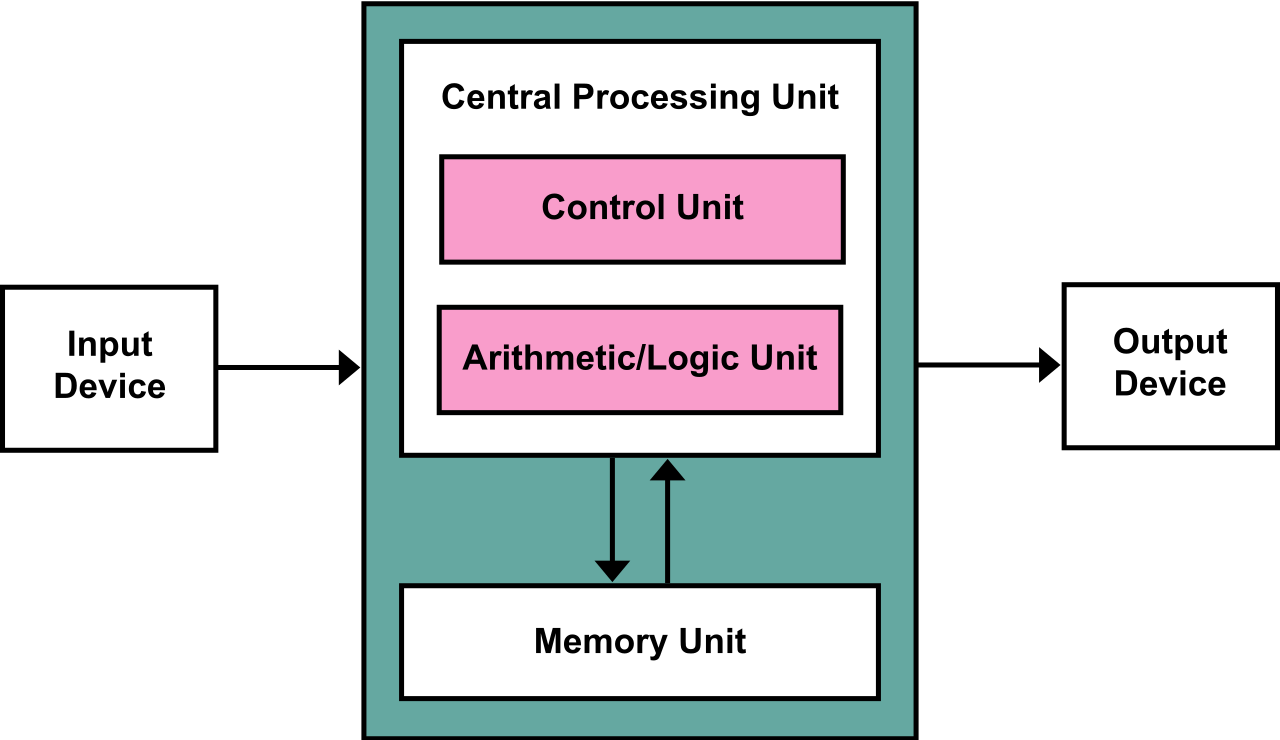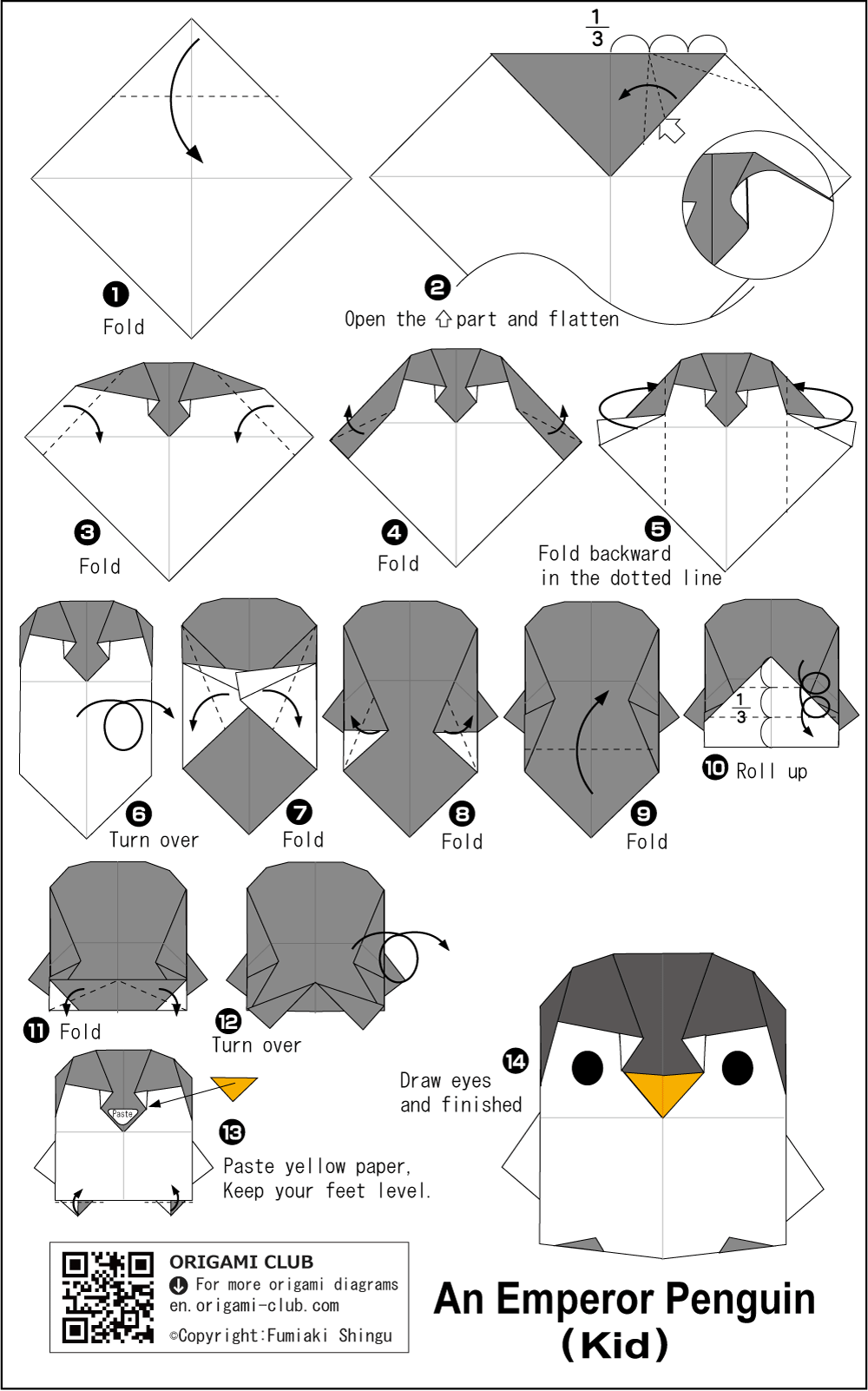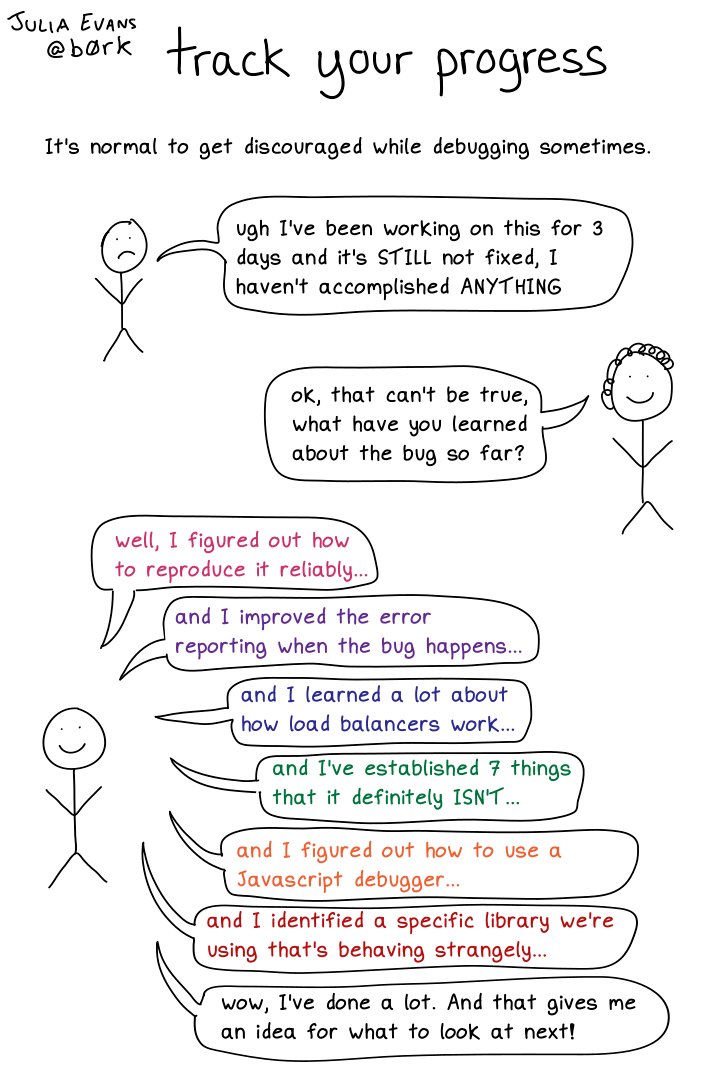Overview¶
- Computers and Computational thinking
- Algorithms
- Programming languages and computer programs
- Debugging
- Command-line Interfaces
- Version controlling with Git/GitHub
Computers¶
 |
 |
1940 |
2022 |
More Computers¶
 |
 |
 |
 |
Computers¶
- Do two things:
- Perform calculations
- Store results of calculations
Computational Thinking¶
Computational thinking is breaking down a problem and formulating a solution in a way that both human and computer can understand and execute.
- Conceptualizing, not programming - multiple levels of abstraction
- A way, that humans, not computers, think - creatively and imaginatively
- Complements and combines mathematical and engineering thinking
Source: Wing (2006)
Computational Thinking¶
- All knowledge can be thought of as:
- Declarative (statement of fact, e.g. square root of 25 equals 5)
- Imperative (how to, e.g. to find a square root of x, start with a guess g, check whether g*g is close, ...)
Algorithm¶
Finite list of well-defined instructions that take input and produce output.
Consists of a sequence of simple steps that start from input, follow some control flow and have a stopping rule.
Algorithm Example¶
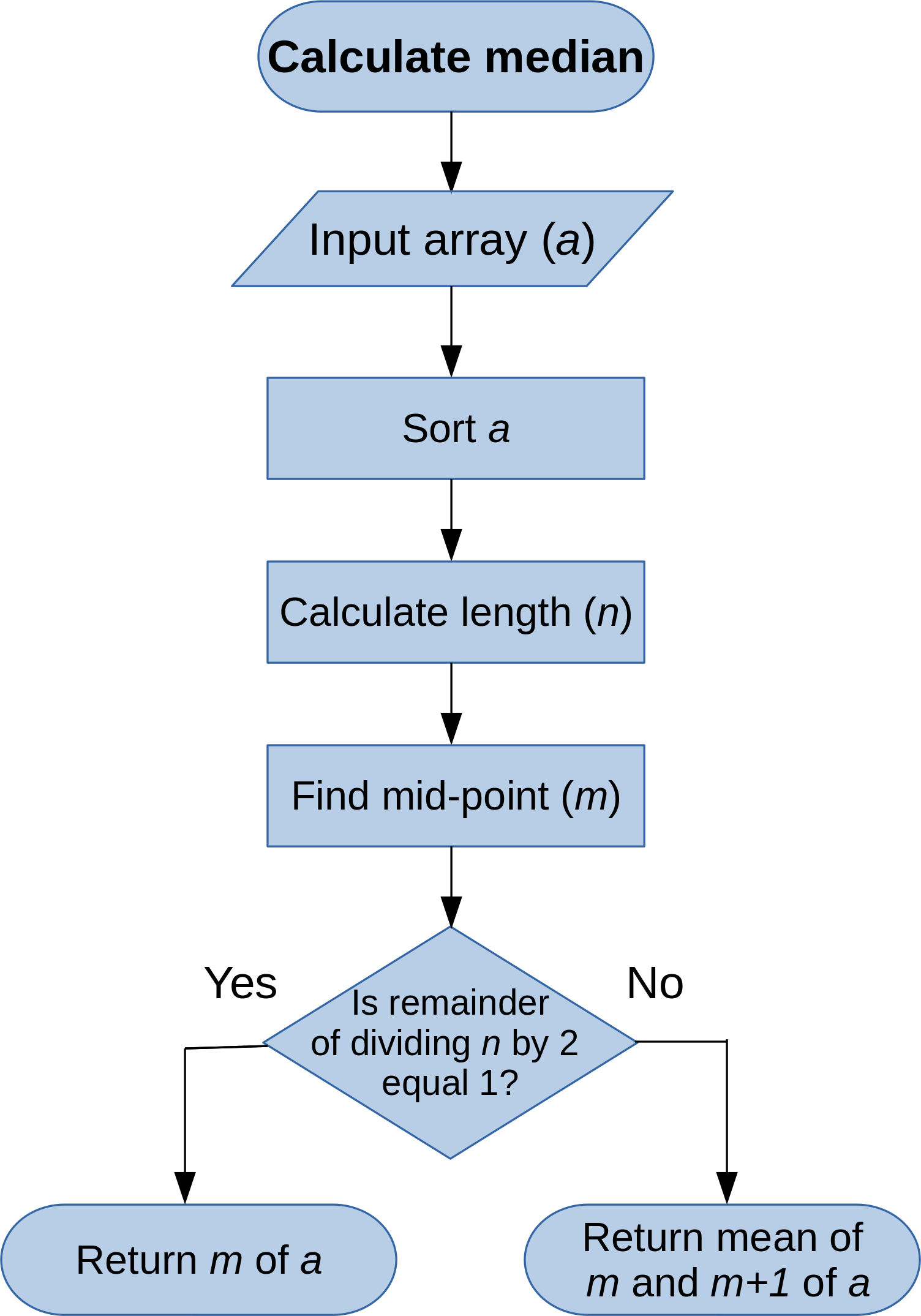
Programming Language¶
Formal language used to define sequences of instructions (for computers to execute) that includes:
- Primitive constructs
- Syntax
- Static semantics
- Semantics
Types of Programming Languages¶
- Low-level vs high-level
- E.g. available procedures for moving bits vs calculating a mean
- General vs application-domain
- E.g. general-purpose vs statistical analysis
- Interpreted vs compiled
- Source code executed directly vs translated into machine code
Primitive Constructs in R¶
- Literals
In [2]:
3.5
[1] 3.5
In [3]:
"cat"
[1] "cat"
- Infix operators
In [4]:
3.5 + 2
[1] 5.5
Syntax in R¶
- Defines which sequences of characters and symbols are well-formed
- E.g. in English sentence "Cat dog saw" is invalid, while "Cat saw dog" is.
In [5]:
3.5 + 2
[1] 5.5
In [6]:
3.5 2 +
Error in parse(text = x, srcfile = src): <text>:1:5: unexpected numeric constant
1: 3.5 2
^
Traceback:
Static Semantics in R¶
- Defines which syntactically valid sequences have a meaning
- E.g. in English sentence "Cat seen dog" is invalid, while "Cat saw dog" is.
In [7]:
"cat" + 3.5
Error in "cat" + 3.5: non-numeric argument to binary operator Traceback:
Semantics in Programming Languages¶
- Associates a meaning with each syntactically correct sequence of symbols that has no static semantic errors
- Programming languages are designed so that each legal program has exactly one meaning
- This meaning, however, does not, necessarily, reflect the intentions of the programmer
- Syntactic errors are much easier to detect
Algorithms + Data Structures = Programs¶
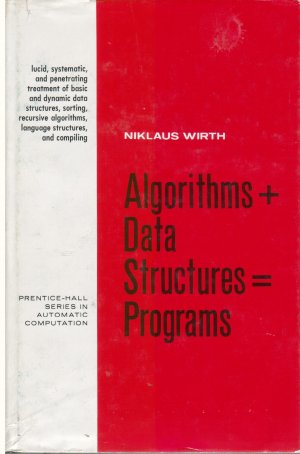
Computer Program¶
- A collection of instructions that can be executed by computer to perform a specific task
- For interpreted languages (e.g. Python, R, Julia) instructions (source code)
- Can be executed directly in the interpreter
- Can be stored and run from the terminal
Programming Errors¶
- Often, programs would run with errors or behave in an unexpected way
- Programs might crash
- They might run too long or indefinitely
- Run to completion and produce an incorrect output
Computer Bugs¶
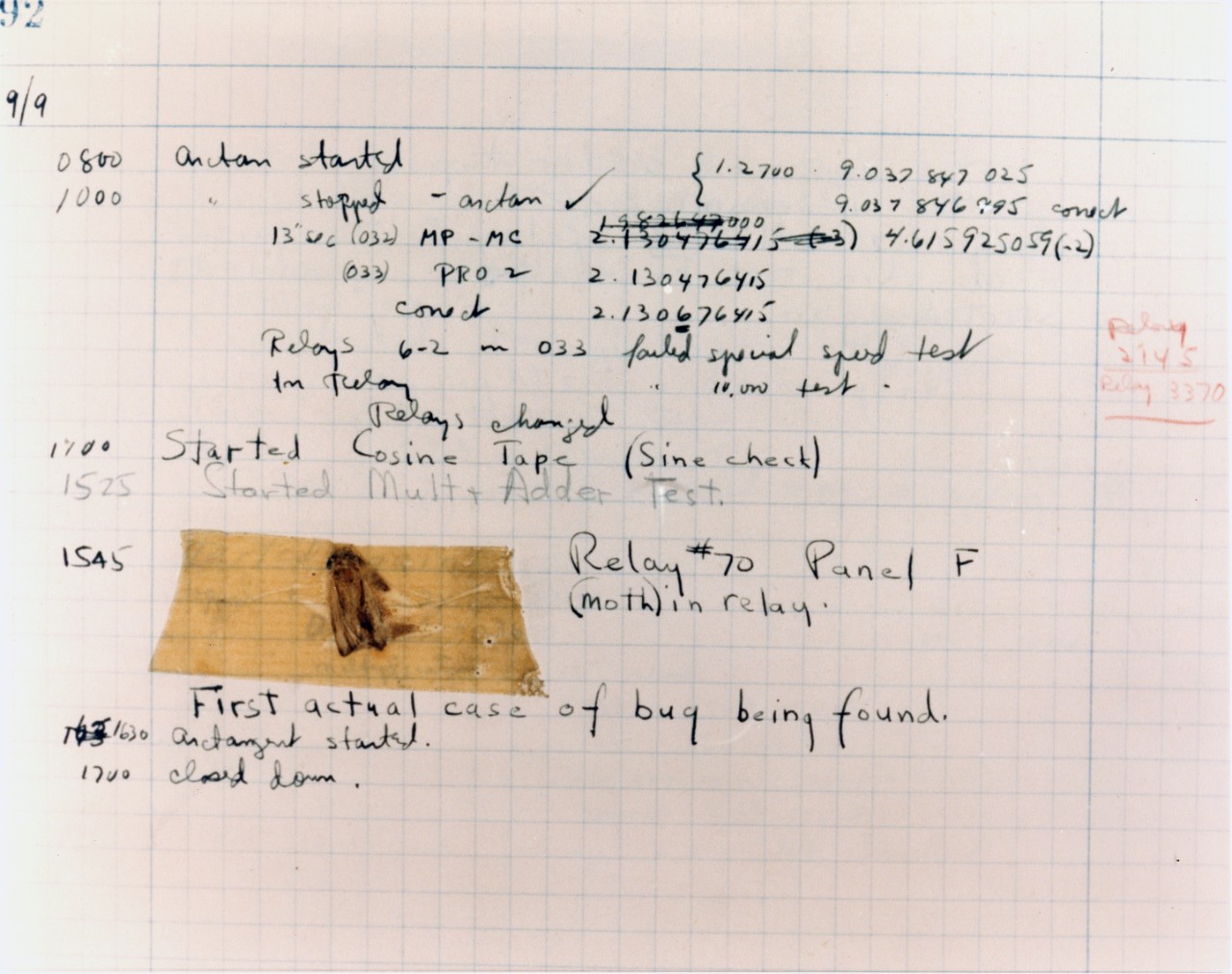 |
 |
Grace Murray Hopper popularised the term bug after in 1947 her team traced an error in the Mark II to a moth trapped in a relay.
How to Debug¶
- Search error message online (e.g. StackOverflow or, indeed, #LMDDGTFY)
- Insert
print()statement to check the state between procedures - Use built-in debugger (stepping through procedure as it executes)
- More to follow!
Command-line Interface (aka terminal/console/shell/command line/command prompt)¶
- Most users today rely on graphical interfaces
- Command line interpreters (CLIs) provide useful shortcuts
- Computer programs can be run or scheduled in terminal/CLI
- CLI/terminal is usually the only available interface if you work in the cloud (AWS, Microsoft Azure, etc.)
Extra: Five reasons why researchers should learn to love the command line
CLI Examples¶
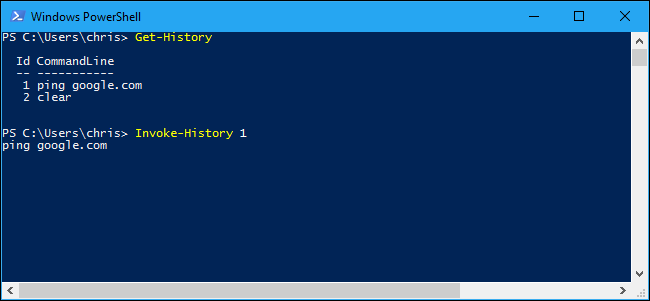 |
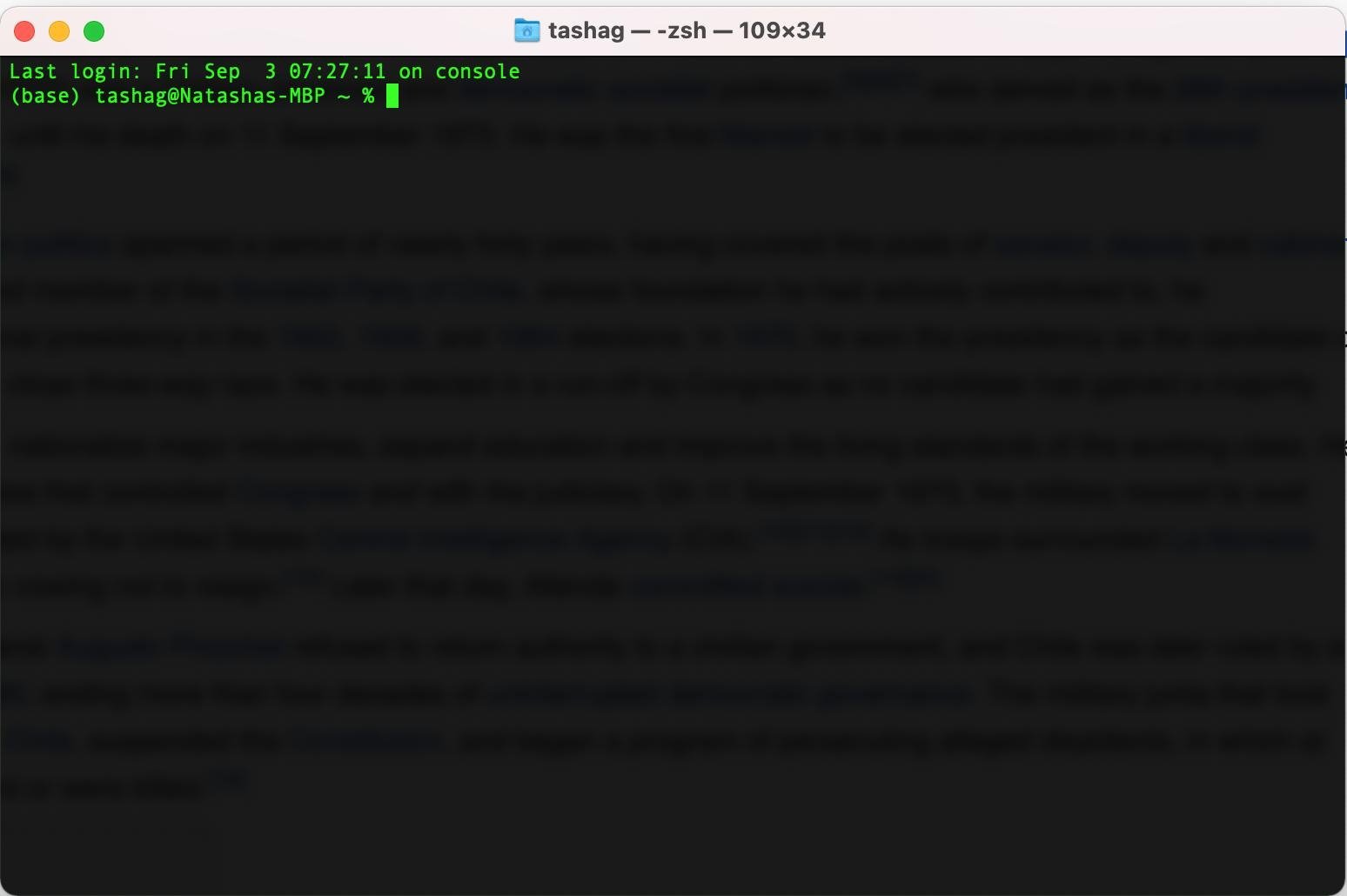 |
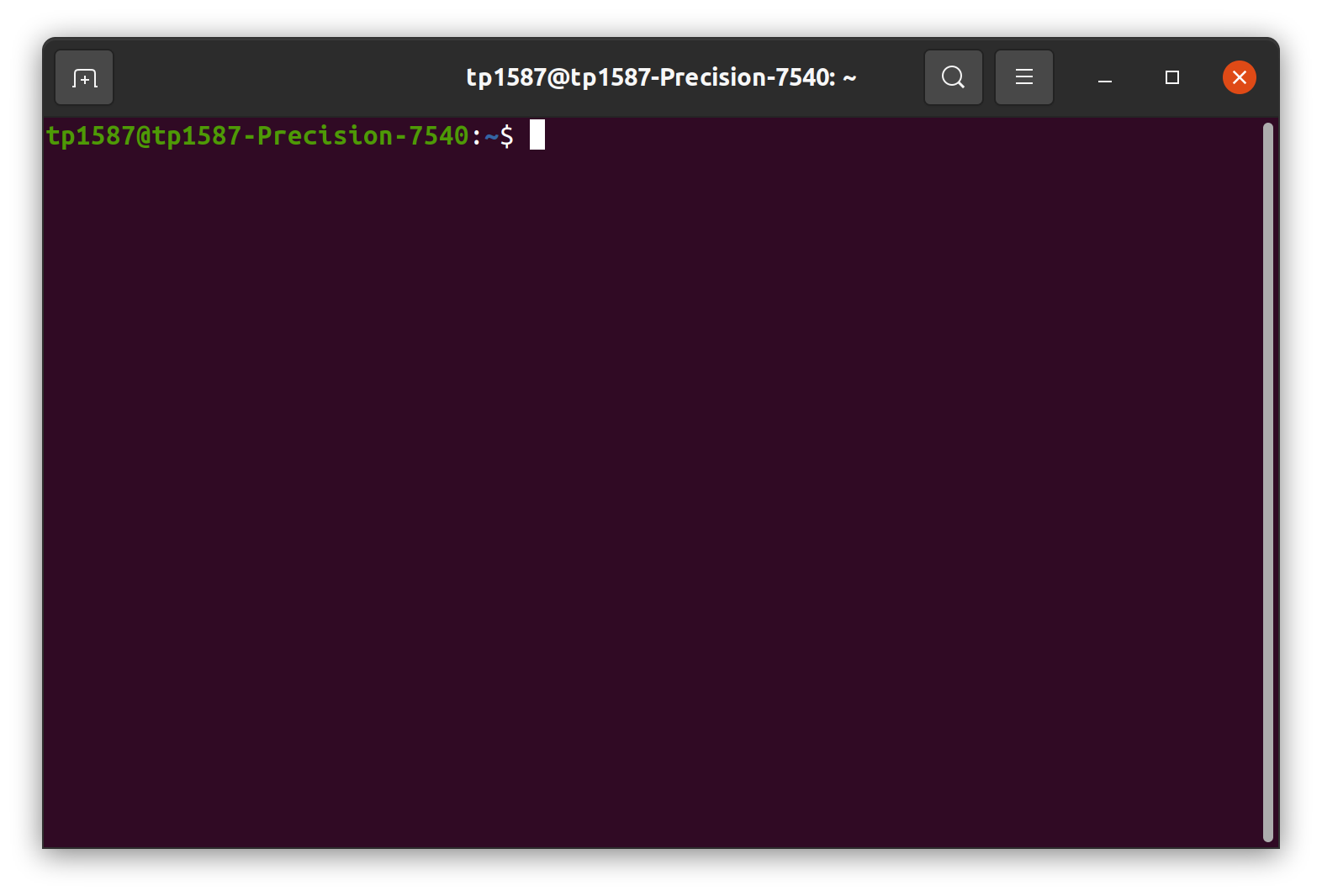 |
Microsoft PowerShell (Windows) |
Z shell, zsh (macOS) |
bash (Linux/UNIX) |
Some Useful CLI Commands¶
| Command (Windows) | Command (macOS/Linux) | Description |
|---|---|---|
exit |
exit |
close the window |
cd |
cd |
change directory |
cd |
pwd |
show current directory |
dir |
ls |
list directories/files |
copy |
cp |
copy file |
move |
mv |
move/rename file |
mkdir |
mkdir |
create a new directory |
del |
rm |
delete a file |
Extra: Introduction to CLI
Git/GitHub Workflow¶
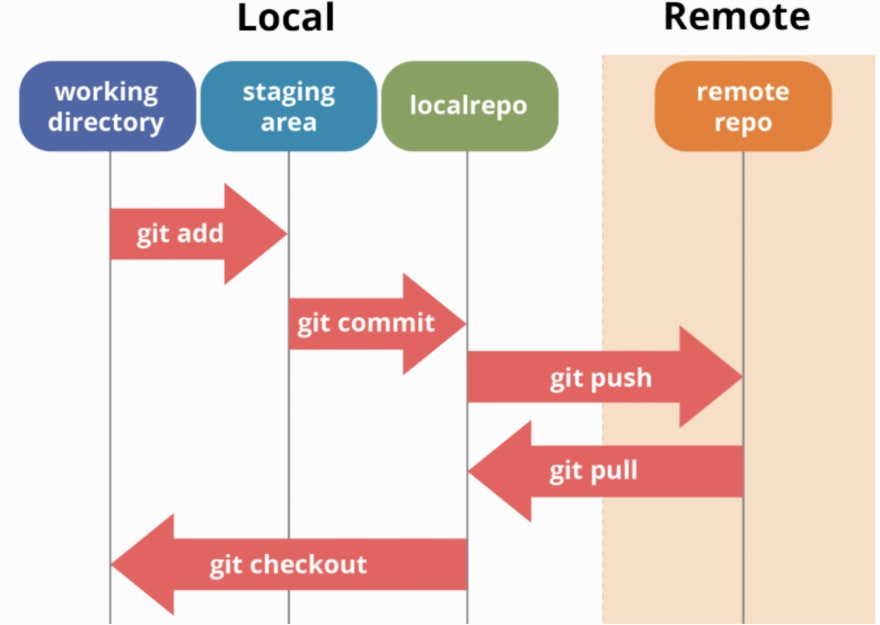
Some Useful Git Commands¶
| Command | Description |
|---|---|
git init <project name> |
Create a new local repository |
git clone <project url> |
Download a project from remote repository |
git status |
Check project status |
git diff <file> |
Show changes between working directory and staging area |
git add <file> |
Add a file to the staging area |
git commit -m “<commit message>” |
Create a new commit from changes added to the staging area |
git pull <remote> <branch> |
Fetch changes from remote and merge into merge |
git push <remote> <branch> |
Push local branch to remote repository |
Extra: Git Cheatsheet
Things to Try¶
- Register on GitHub and GitHub Education (for free goodies!)
- Create a test repository in CLI and initialise as a Git repository
- Or create a repository on GitHub and clone to your local machine
- Create test.txt file, add it and commit
- Push the file to GitHub
Next week¶
- R fundamentals
